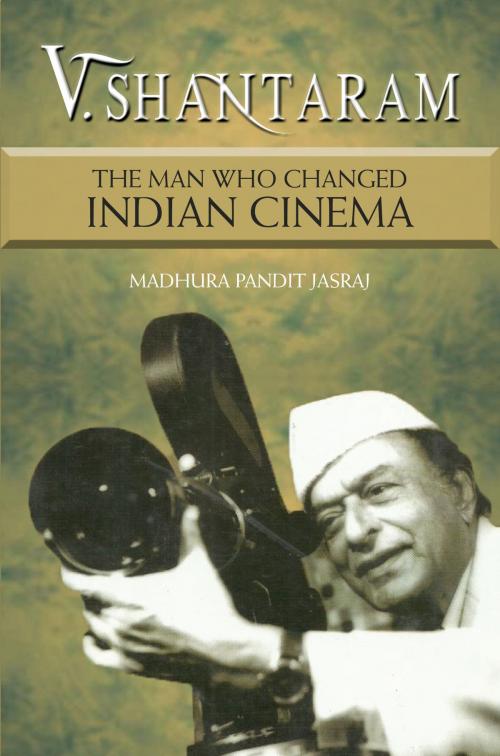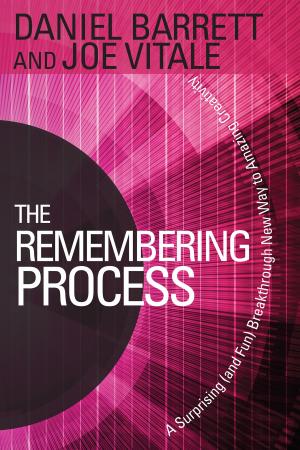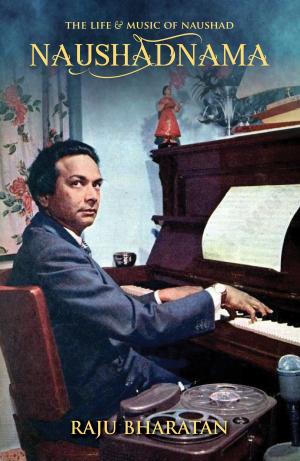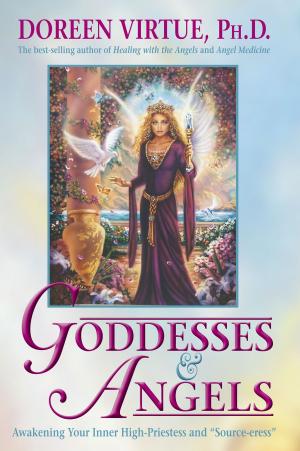| Author: | Madhura Pandit Jasraj | ISBN: | 9789384544416 |
| Publisher: | Hay House | Publication: | July 15, 2015 |
| Imprint: | Hay House India | Language: | English |
| Author: | Madhura Pandit Jasraj |
| ISBN: | 9789384544416 |
| Publisher: | Hay House |
| Publication: | July 15, 2015 |
| Imprint: | Hay House India |
| Language: | English |
He immortalized movies on celluloid… An authentic, heartfelt, insightful and comprehensive account of one of India’s most respected and eminent filmmakers, who was an institution in himself…
V. Shantaram (1901–90) stands out as a colossus in Indian cinema. As one of the pioneers in this field, he honed his skills not only as a producer and director but also as an actor, writer, cameraman, technician and editor. He effectively used the medium of cinema as a vehicle for creating awareness about numerous social problems (such as communalism, dowry and the cycle of debt and poverty) and tried to bring about a change in society. This riveting biography – penned by his daughter – brings alive the life and times of Shantaram and his contemporaries, while simultaneously throwing light on a bygone era of Indian cinema marked by struggles, uncertainties and difficulties but yet infused with hope, perseverance and determination. Among Shantaram’s prominent creations in Hindi are Ayodhya Ka Raja (1932), Sairandhari (1933; India’s first colour film), Amrit Manthan (1934), Duniya Na Maane (1937), Aadmi (1939), Padosi (1941), Dr Kotnis Ki Amar Kahani (1946), Dahej (1950), Janak Janak Pyal Baaje (1955), Do Aankhen Barah Haath (1957), Navrang (1959), Sehra (1963), Geet Gaya Pattharon Ne (1964) and Pinjra (1972)
He immortalized movies on celluloid… An authentic, heartfelt, insightful and comprehensive account of one of India’s most respected and eminent filmmakers, who was an institution in himself…
V. Shantaram (1901–90) stands out as a colossus in Indian cinema. As one of the pioneers in this field, he honed his skills not only as a producer and director but also as an actor, writer, cameraman, technician and editor. He effectively used the medium of cinema as a vehicle for creating awareness about numerous social problems (such as communalism, dowry and the cycle of debt and poverty) and tried to bring about a change in society. This riveting biography – penned by his daughter – brings alive the life and times of Shantaram and his contemporaries, while simultaneously throwing light on a bygone era of Indian cinema marked by struggles, uncertainties and difficulties but yet infused with hope, perseverance and determination. Among Shantaram’s prominent creations in Hindi are Ayodhya Ka Raja (1932), Sairandhari (1933; India’s first colour film), Amrit Manthan (1934), Duniya Na Maane (1937), Aadmi (1939), Padosi (1941), Dr Kotnis Ki Amar Kahani (1946), Dahej (1950), Janak Janak Pyal Baaje (1955), Do Aankhen Barah Haath (1957), Navrang (1959), Sehra (1963), Geet Gaya Pattharon Ne (1964) and Pinjra (1972)















